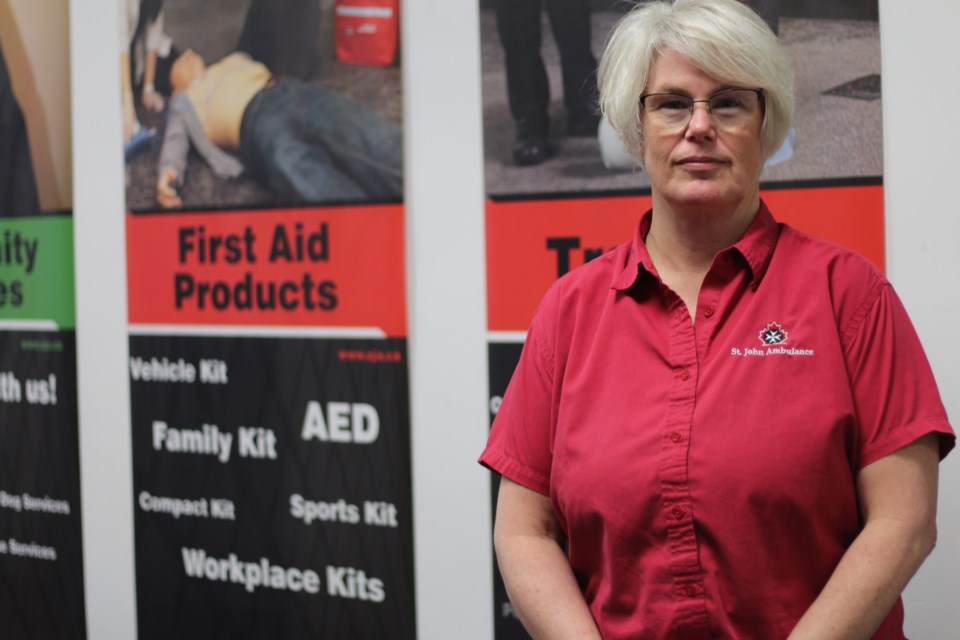St. John Ambulance is taking the steps to help combat opioid poisoning by offering a program geared towards the prevention and proper reaction to those effected by opioid poisoning.
"This program is called the Opioid Poisoning Response Training Program," said Shauna Jewhurst, manager of the Yorkton SJA training centre.
"Health Canada approached St. John Ambulance and asked them to provide training," said Jewhurst, adding, "they also funded the program by providing Naloxone kits for underserved communities."
"Naloxone is a fast-acting drug used to temporarily reverse the effects of opioid overdoses," as per an article on the drug from the Government of Canada's website. The article went on to state, "When you take an opioid, it affects certain receptors in your brain. Naloxone works by kicking opioids off the receptors in your brain and binding to those receptors instead. This reverses or blocks the effects of opioids on your body."
Jewhurst said the program focuses on multiple groups who are susceptible to opioid poisoning.
"Young men in the trades [and] construction industry -- this is where we find the highest numbers of opioid toxicity within this demographic," said Jewhurst, adding, "First nations communities, lesbian and gay communities, post-secondary education students, and rural communities -- those are the target audience."
Jewhurst said that opioid poisoning isn't reserved for those suffering from addiction.
"A lot of it is not intentional, it's people who are maybe just taking medication, or have mis-taken it, or someone who is smoking marijuana for the first time and doesn't realize it was laced with an opiate in it."
"We're looking at signs and symptoms of how to recognize someone who is in an opiate poisoning event and also how to distribute nasal Naloxone," said Jewhurst of the fundamentals of the program.
"The numbers are frightening in Canada," said Jewhurst. "In 2019 we lost 3668 people to accidental opiate toxicity," adding, "the numbers skyrocketed in 2020 with 6306 deaths, and rising numbers in 2021 and 2022."
Jewhurst said the program looks at the stigma and how to remove it as well as how to use proper language when dealing with the opiate crisis and harm reduction.
"We do talk about harm reduction and being able to remove the stigma so people are feeling more comfortable about being able to access the help that they need," said Jewhurst, noting, "the stigma is there and that's what prevents a lot of people to go out and seek out the help that they do need."
"We're looking at signs and symptoms of how to recognize someone who is in an opiate poisoning event and also how distribute nasal Naloxone," said Jewhurst, adding, "the program is an opportunity to learn about the realities of the public health crisis and how they can literally step up and save someone's life."
Jewhurst said there is strength in numbers when it comes to education on the subject.
"The more people we can get trained out there that can recognize that someone is in an opiate poisoning event, then hopefully we can react a lot faster and be able to save their life."
"You can access the training through a and also through an e-mail you can request the training for an individual group, for your business, for your workers -- whatever you feel might need some training."
"This program has been expanded to deliver public classes as well as private classes for more community organizations, businesses and professional organizations," adding, "our goal in the next year is to distribute 40,000 nasal Naloxone kits and training to thousands of people."
Jewhurst said that local companies have taken an interest in the program.
"We have had local companies seek out this type of training," adding, "they were very pleased with the training and they were distributed the naloxone … not only do they have the training, they have the materials as well."




